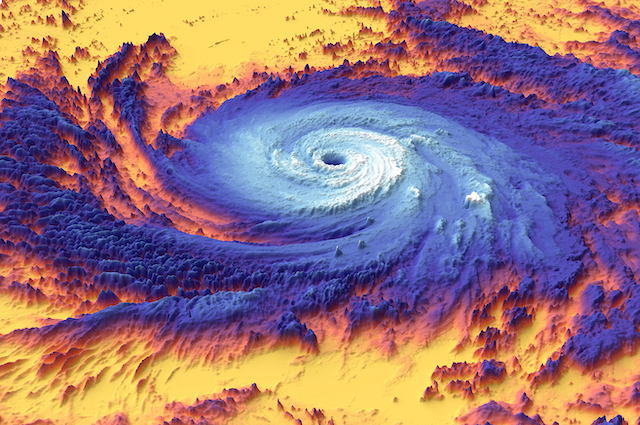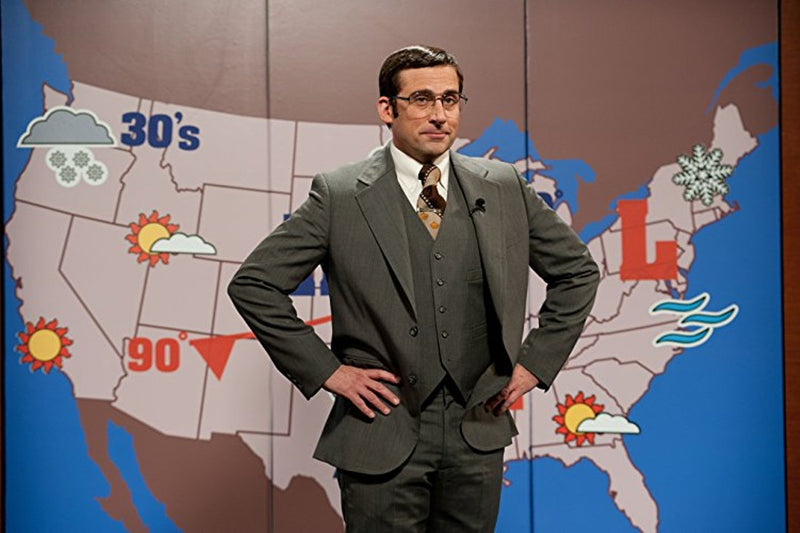

Weather Forecasting Has Become Unpredictable, Landing Planes More Dangerous Thanks to 5G
Have you noticed the increasing unpredictability of your local weather forecast?
Well, blame it on the rise of 5G networks.
In a world seemingly VERY concerned with ‘climate change’, federal agencies are locked in a battle over radio waves.
These waves are vital for predicting climate shifts, but the growing cacophony from billions of smartphones is clouding the skies.
This clash between the need for precise weather forecasts and the rapid expansion of 5G technology paints a picture of a modern-day conflict.
NOAA and NASA, armed with advanced space satellites, are on one side.
These satellites decode faint energy signals emitted by water vapor, temperatures, rain, and wind—key indicators for weather predictions.
However, the emergence of 5G poses a threat.
The electronic noise from 5G devices on radio spectrums reduces forecasting accuracy and distorts the essential computer models used in climate predictions.
On the opposing side stand wireless communication companies, smartphone manufacturers, and the Federal Communications Commission (FCC)—the regulatory authority for radio frequency spectrum.
They champion 5G growth and advocate sharing spectrums used by federal science agencies.
The FCC, endorsing 5G since 2016, argues that expanded smartphone and device capacity is crucial for maintaining U.S. competitiveness.
Contentious debates emerged when the FCC rushed to auction off radio frequency space in 2019.
Concerns about disrupting weather data were dismissed by the FCC’s chairman at the time, Ajit Pai, who proceeded with the auction.
The Government Accountability Office (GAO) investigated, revealing intense disagreements between U.S. agencies.
Weaker rules from the FCC’s Spectrum Frontiers program became the U.S. position, impacting global regulations set by the International Telecommunication Union (ITU).
NOAA and NASA fear that relaxed rules on sharing weather-related spectrums will persist, endangering vital weather and climate data collection.
This is a critical concern for these agencies.

The stakes are high. William Mahoney III, from the National Center for Atmospheric Research, emphasizes the importance of having the most accurate weather data possible.
The 24-gigahertz spectrum, used by weather satellites to monitor microwave signals from water vapor, contributes significantly to forecasting skills.
Losing access to this data would impact sectors like agriculture, aviation, water management, and even defense agencies.
Auctioning off more spectrum bands could hinder timely warnings about extreme weather events.
Neil Jacobs, former acting NOAA Administrator, estimates forecast skill could decline by up to 30 percent, reducing lead time for hurricane track forecasts.
Accurate weather data is crucial, especially when lives are on the line.
In 2012, Hurricane Isaac’s accurate prediction saved lives and minimized damage.
Despite a misjudged initial warning, a revised forecast with a two-day lead time allowed FEMA and state authorities to respond effectively, mitigating the storm’s impact.
Accurate forecasts play a huge role in saving lives and minimizing damage.
Precise predictions enable timely responses to extreme weather events, such as hurricanes, tornadoes, and wildfires. In the face of these events, every minute counts.
In the battle between 5G and weather forecasting, the outcome will shape our ability to predict and prepare for the changing climate and its potential disasters.
Balancing the growth of wireless technology with the preservation of accurate weather data is crucial for safeguarding our communities and minimizing the impact of future natural calamities.
And there very well might be, especially in the aviation sector.
The FAA’s Acting Administrator has confirmed that the July 2023 deadline for airlines to retrofit aircraft and install altimeters to prevent 5G interference will not be changed, despite concerns from U.S. Senators.
The FAA had previously mandated airlines upgrade altimeters by February 2024 and adjust flight procedures at select U.S. airports starting July 1, 2023, to accommodate expanded 5G coverage around airports.
Despite worries about completion timelines, the FAA believes airlines have had ample time for their retrofits.
U.S. Senators have sought more information regarding the 5G rollout’s impact and specifics on airlines at risk of missing the retrofitting deadline, though these details remain pending.
Let’s all pray that our legislators are taking the gravity of these issues seriously.
Read the original story here:
Body Align





You think that is bad? Check out the pending legislation where even the Federal Courts will not be able to stop the FCC from allowing a major cell tower in the ROW in front of your house. No more local control, no more protected HOA. It will be a genocide. HR3557/4141 Losing Local Control Over Wireless